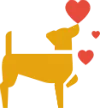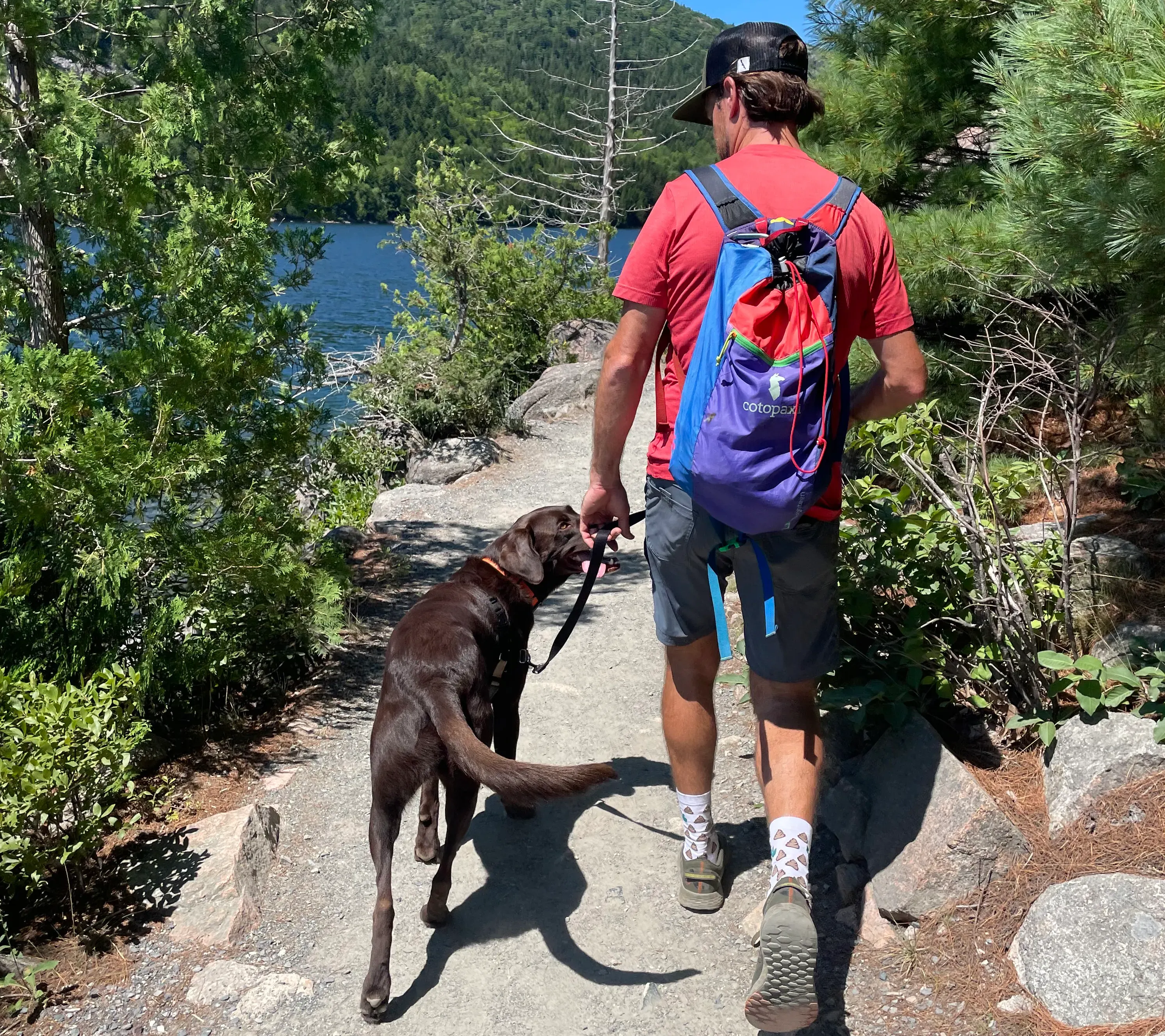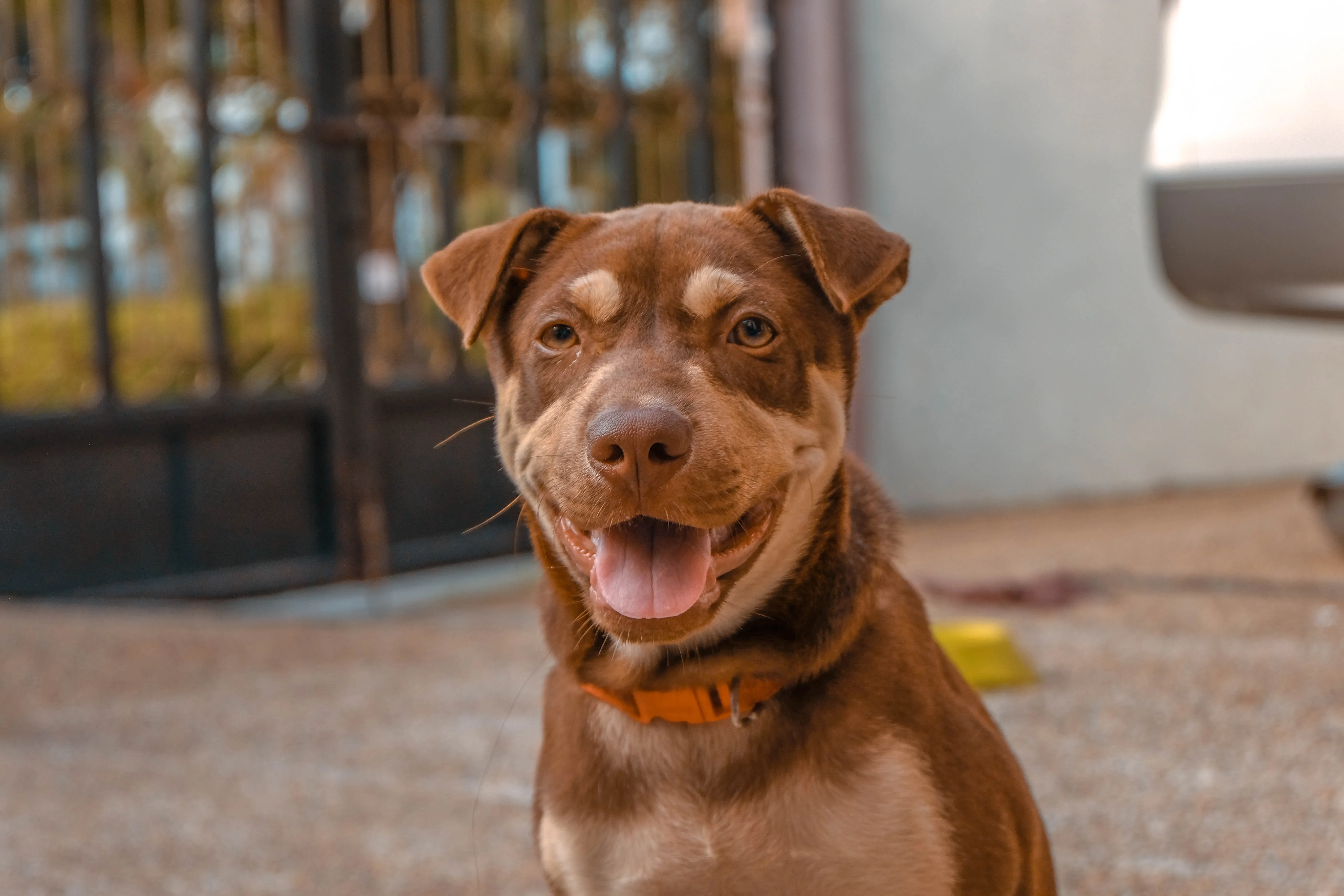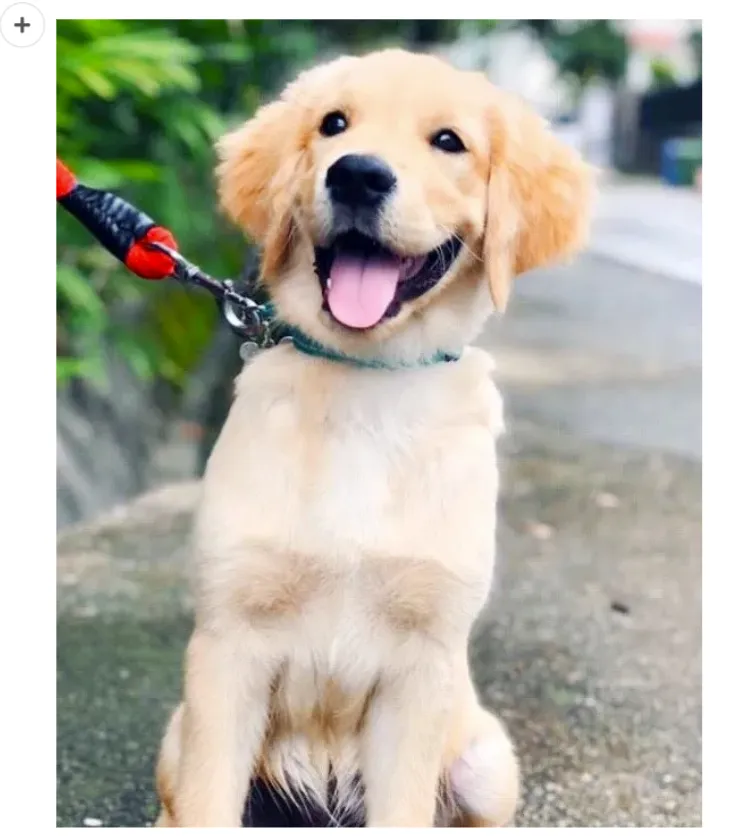Thinking about a new dog or puppy this holiday season? Here are our tips for picking the best one!
The holidays can be a popular time to think about adding to the family. Of course, we mean adding a pet, and dogs to be a little more specific. But before you jump into the search, here are a few things to look for to help make the transition to your family and training process as easy as possible.
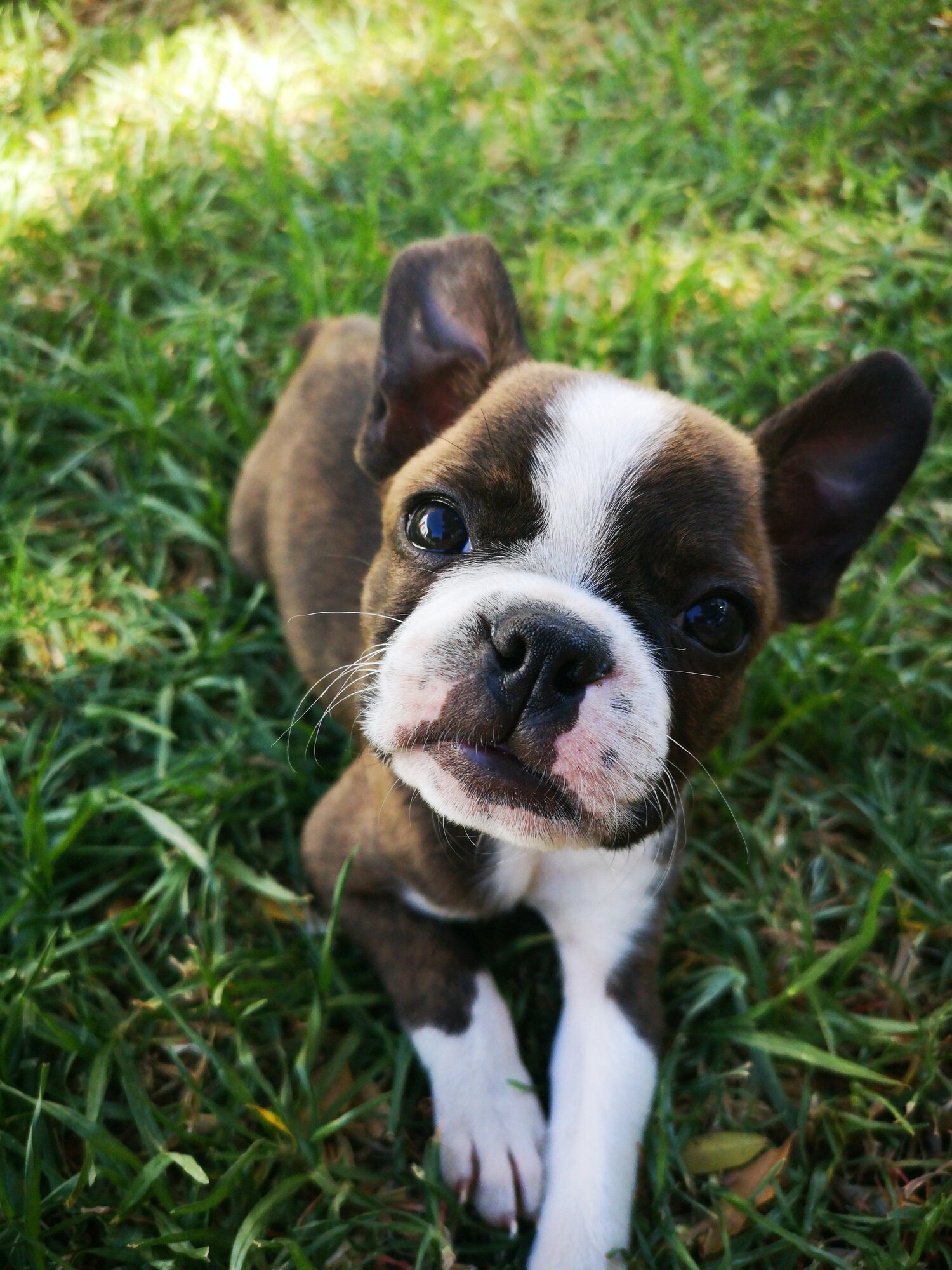
The holidays can be a popular time to think about adding a dog to the family. But before you jump into the search, here are a few things to look for to help make the transition and training process as easy as possible.
The first thing to look for is any signs of shyness, hiding, or timidness. These behaviors could mean the dog is scared or even has health issues. If you get a puppy or dog that shows shy behaviors it is important to not encourage those behaviors. You will have to have a whole plan developed to deal with the pup’s issues to make them comfortable in their new environment. Some of you may want to help rescue these dogs and that is great, but these pups are probably best avoided if you have kids running around. Kids make controlling a dog’s environment difficult, which, in turn, can make the dog’s timid behavior a major problem.
Being able to play with a potential new dog or puppy can be a helpful tool in determining if they will be a good fit for your house. If a dog barks for what seems like no reason, or at loud noises, that could be an issue that you will have to train once you have them. By playing with them, and watching play with other puppies or dogs, you may be able to see if they have any possessive issues with toys or space behaviors. Being possessive over toys, items, or a space the dog sees as theirs, can certainly become a bigger issue down the road.
Take the potential new dog on a walk. You will be able to see how they react to different stimulus while on the leash. Young puppies you can’t really do this with, but with them you can have a training plan to introduce the leash and socializing them so you can avoid leash aggression down the road. With older dogs, they may have developed bad behaviors before you meet them. See if you can take the dog on a leashed walk around the facility. We don’t recommend having unleashed dogs meet the leashed dog, but if they are in close proximity, without access, like behind a fence, you may be able to tell if the leashed dog seems timid towards other dogs or people close by. Leash aggression is a behavior you can train but it is a slow process and there is no quick fix.
Another good thing to try with older dogs is to see how their recall is when you call them. Do they know their name? Will they come to you when you call them? Or, by offering treats? A good recall is a great base to start a new relationship with a dog on. If they will easily come when called, whether it is for treats, or maybe just affection, then you can be rather confident they will be easy to work with on training other behaviors as well.
When looking at puppies, pay attention to how they play with the other puppies in the litter, or other dogs it’s around. You want to make sure they play well with others because it is a good sign they have been socialized well, which is especially important for young pups. They learn what is and is not acceptable when interacting with other dogs. Puppies can play rough, but well socialized puppies will notice the signs other dogs give them, including when play gets too aggressive.
Dogs and puppies that are already crate trained can make your job with them much easier. Crate training isn’t a very difficult thing to train usually, but it can be very helpful if they are already crate trained. Crying or potty issues in a confined kennel or crate can be a sign of separation anxiety. Any anxieties can turn into much larger issues over time so always ask the people you're getting the dog from about crate training, and any signs of separation anxieties. The more information you can get the better!
Please contact us if you have any questions on these tips, [email protected] or by visiting www.newmansdogtraining.com.
Also, follow us on Instagram and Facebook @newmansdogtraining. You can also follow us and our dog Barry on our training and outdoor adventures on Instagram @adventuredogbarry.
Happy Training!
